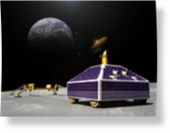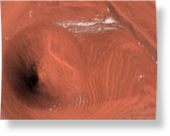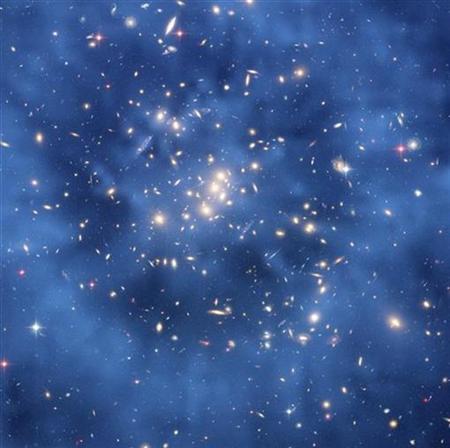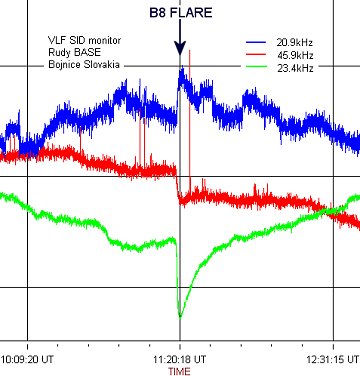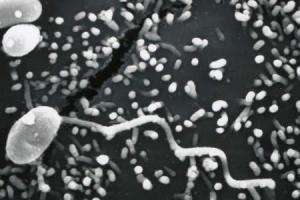The universe is full of water, mostly in the form of very cold ice films deposited on interstellar dust particles, but until recently little was known about the detailed small scale structure. Now the latest quick freezing techniques coupled with sophisticated scanning electron microscopy techniques, are allowing physicists to create ice films in cold conditions similar to outer space and observe the detailed molecular organisation, yielding clues to fundamental questions including possibly the origin of life.

© iStockphoto/Christine BalderasPhysicists are creating ice films in cold conditions similar to outer space and observe the detailed molecular organization.
Researchers have been surprised by some of the results, not least by the sheer beauty of some of the images created, according to Julyan Cartwright, a specialist in ice structures at the Andalusian Institute for Earth Sciences (IACT) of the Spanish Research Council (CSIC) and the University of Granada in Spain.
Recent discoveries about the structure of ice films in astrophysical conditions at the mesoscale, which is the size just above the molecular level, were discussed at a recent workshop organised by the European Science Foundation (ESF) and co-chaired by Cartwright alongside C. Ignacio Sainz-Diaz, also from the IACT. As Cartwright noted, many of the discoveries about ice structures at low temperatures were made possible by earlier research into industrial applications involving deposits of thin films upon an underlying substrate (ie the surface, such as a rock, to which the film is attached), such as manufacture of ceramics and semiconductors. In turn the study of ice films could lead to insights of value in such industrial applications.
